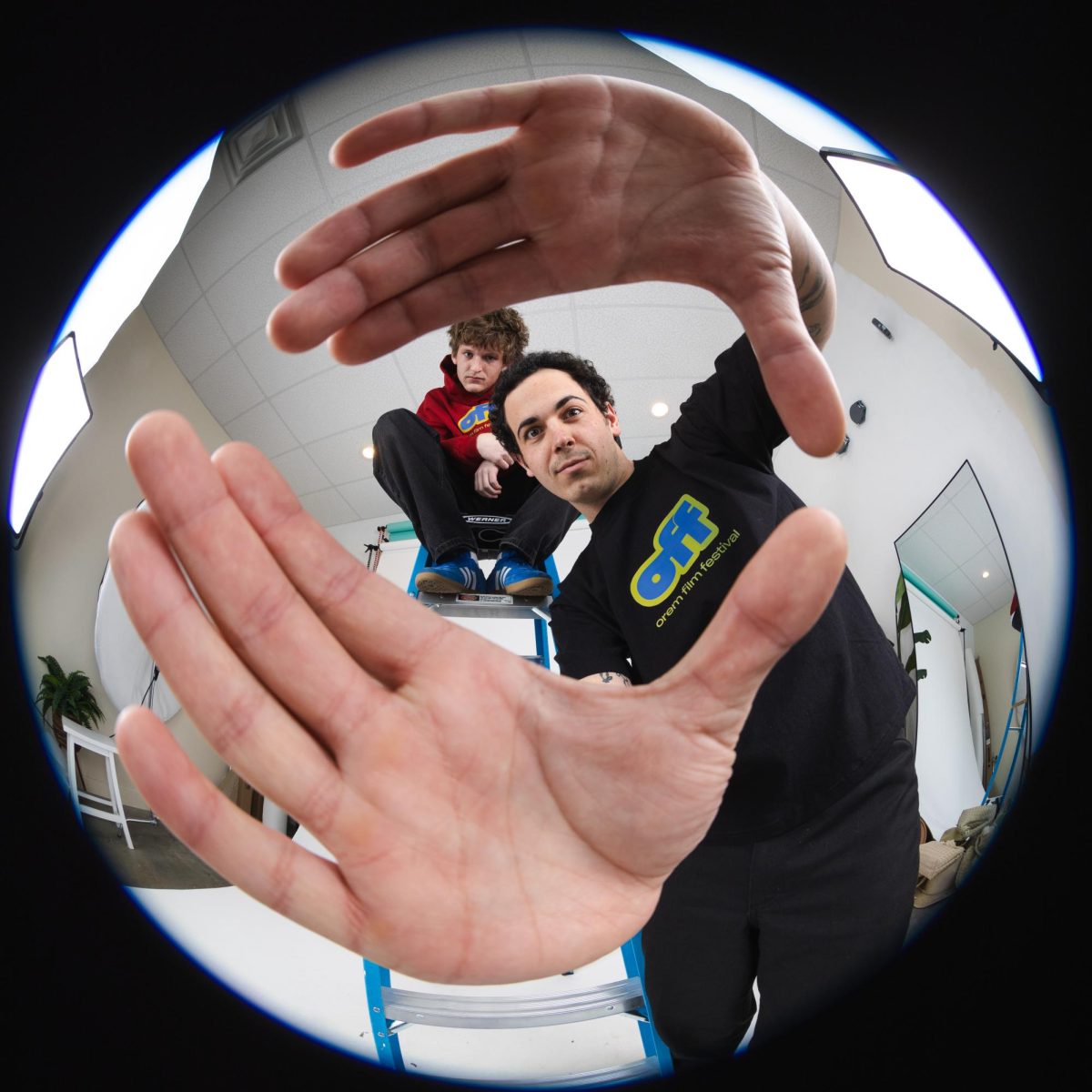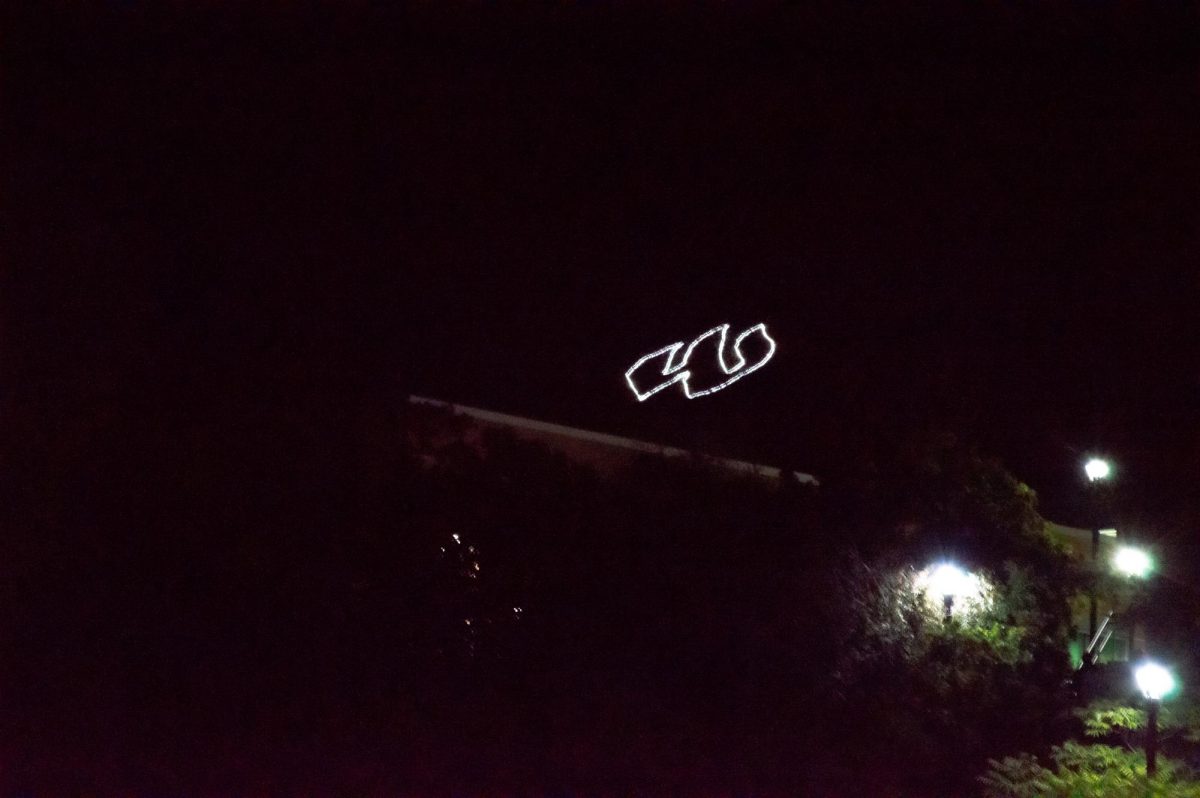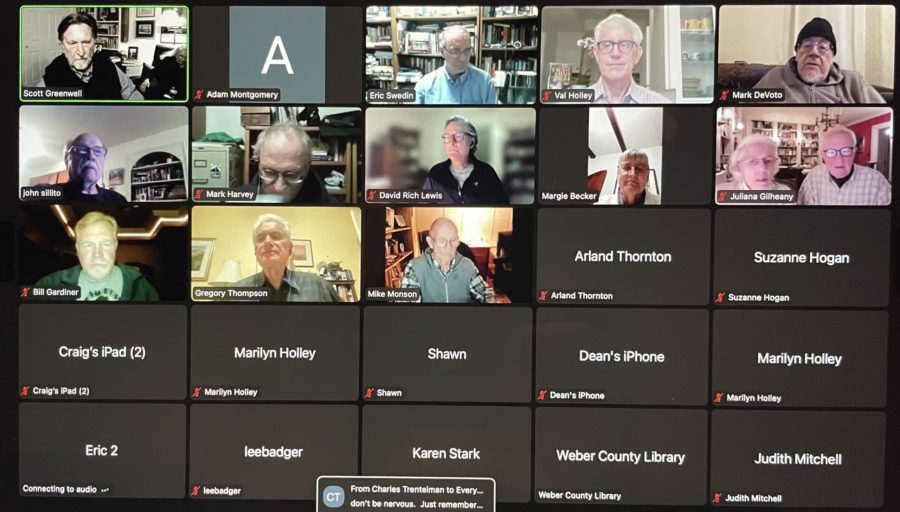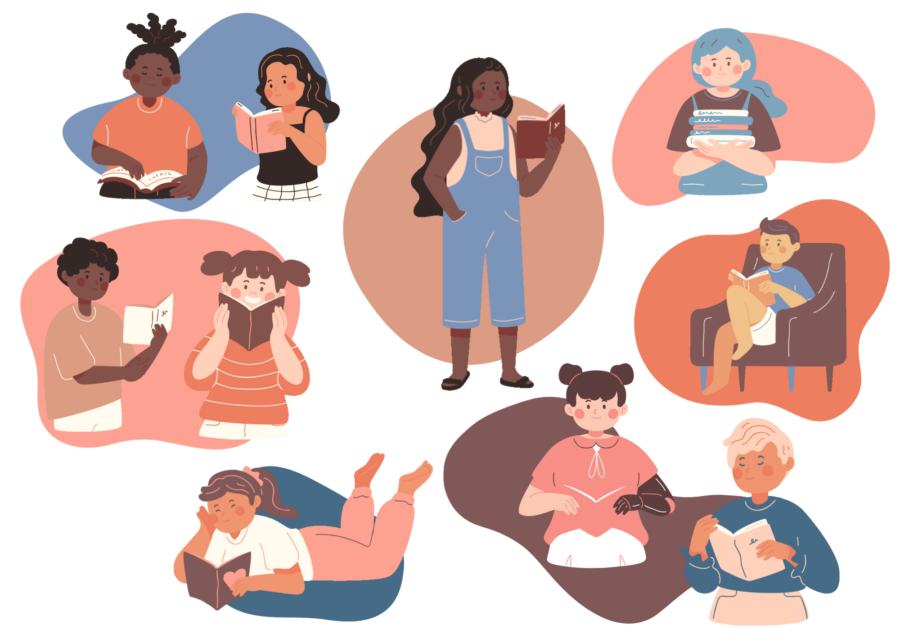
Every Weber State University student has the chance to have their creative work published by submitting to the undergraduate interdisciplinary journal Metaphor.
Through the year, Metaphor staff members will read, critique and carefully choose artistic works to be published.
“When Metaphor happens, we take art, fiction, non-fiction and poetry and have people look over it,” Kyle Poppitz, editor-in-chief of Metaphor, said. “The main things we look for before it’s published are the authenticity, clarity, craftsmanship and convention.”
The 2015 edition of Metaphor will be published and available during the middle of April. Metaphor participates in events like a flash fiction contest, cover art contest and open mic readings.
Poppitz explained that while the journal prints in the spring, the majority of submissions are accepted during fall semester. “All the recruiting to drum up business is typically done in the fall, but we close the window for submitting work two to three weeks into spring semester,” Poppitz said.
Not only does Metaphor publish creative writing, but there are art pieces and musical artists’ work included as well. For music, the artist’s biography is published in the same book as the creative writing and art pieces.
“Every artist wants a venue,” Poppitz said. “The university, love it or hate it, needs art. When students are given a chance to show ourselves to artistic people, you find that they aren’t really brave or really crazy. You just get artistic feedback.”
Unfortunately, not every piece can be published in the journal. Poppitz, Stephanie Simonson, a WSU graduate in English, and Jennifer Sanda, also a WSU English graduate, have all had their own pieces rejected for publication.
“If you submit your work, don’t be afraid of rejection,” Sanda said. “Find out why your piece was rejected, and see how you can improve.”
Each submitted poem, story or art piece is reviewed and scored by one staff member based on a written criteria, established by the Metaphor staff at the beginning of each school year. After individual scoring is complete, there is a meeting with the section editor and rest of the staff to see if the work should be published.
Simonson was a fiction reviewer and later the fiction editor for the literary journal. “I read some excellent stories that convinced me some of the best work is put out by students,” Simonson said. “Actually, the two that stand out in my mind as the best I read didn’t get chosen for publication because of their lengths.”
Sanda was the editor-in-chief of the 2013 Metaphor. Sanda explained the process of being published is completely non-biased because all the names of submitters are remained anonymous. “The staff just has more opportunities to work with peers and improve,” she said.
Being published in Metaphor can benefit a college student. The experience of being published looks good on a resume, but it is also valuable to learn how to adapt your writing according to publishing criteria.
“It was interesting when I found out I’d be published in it the first time,” Simonson said. “The submissions were blind, so we could be praising or bashing the writing of someone sitting next to us and not know it. Knowing that the staffer next to us could’ve written something, we learned to be more constructive in our critiques and not just bash the pieces.”


















